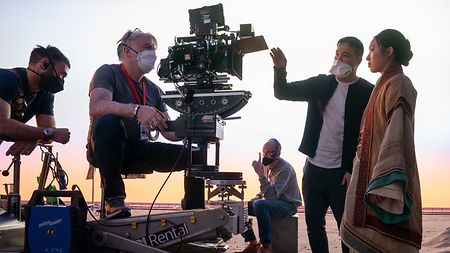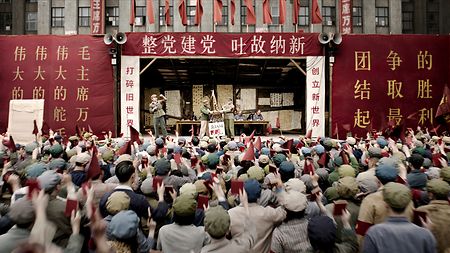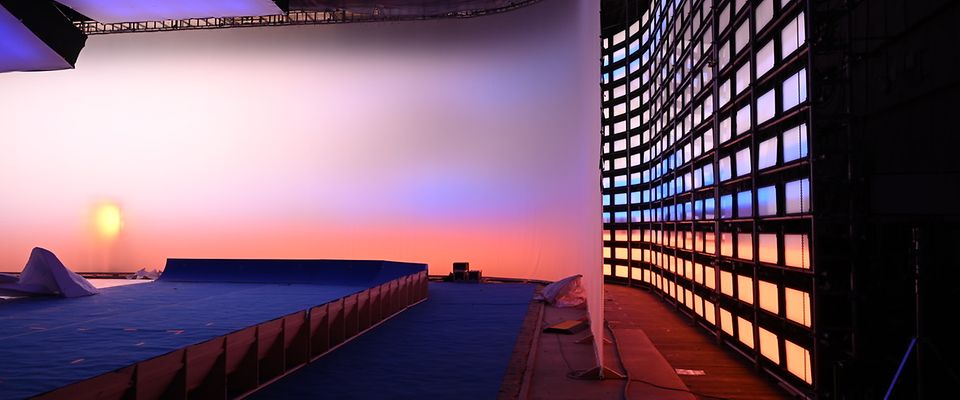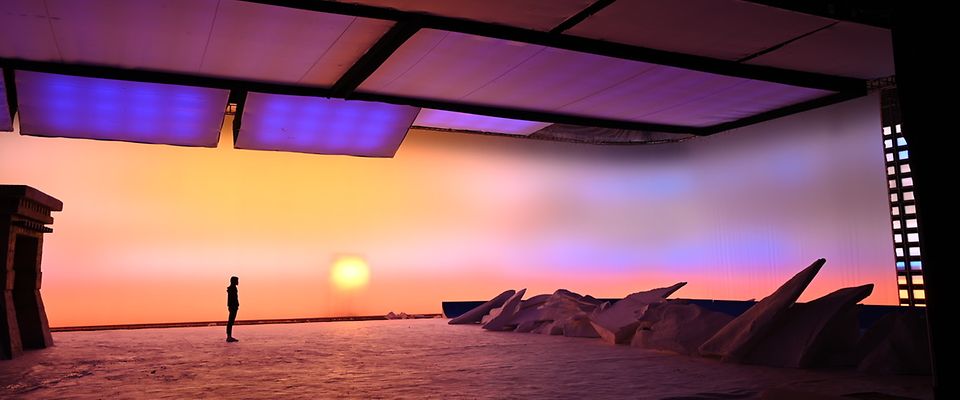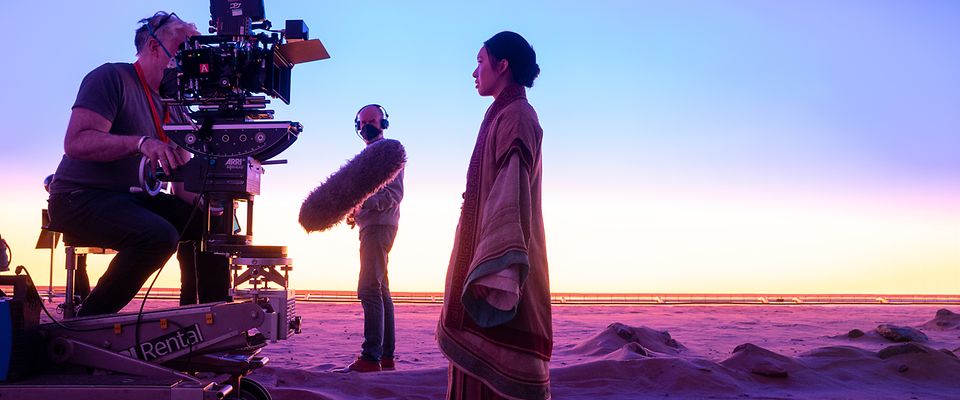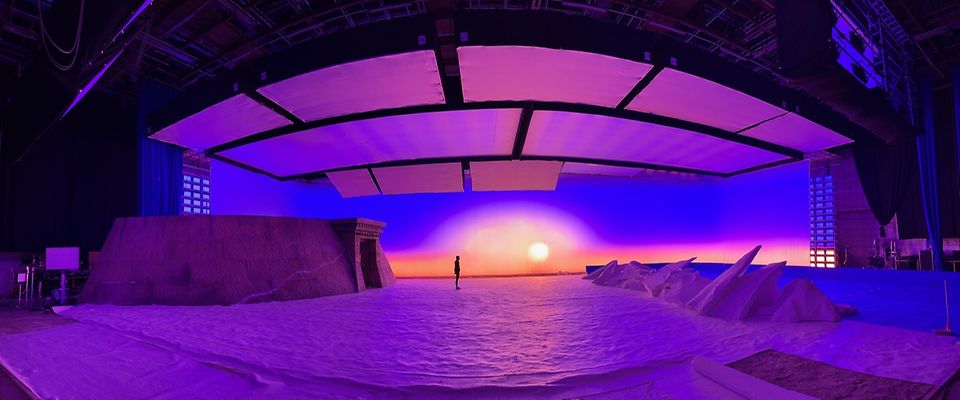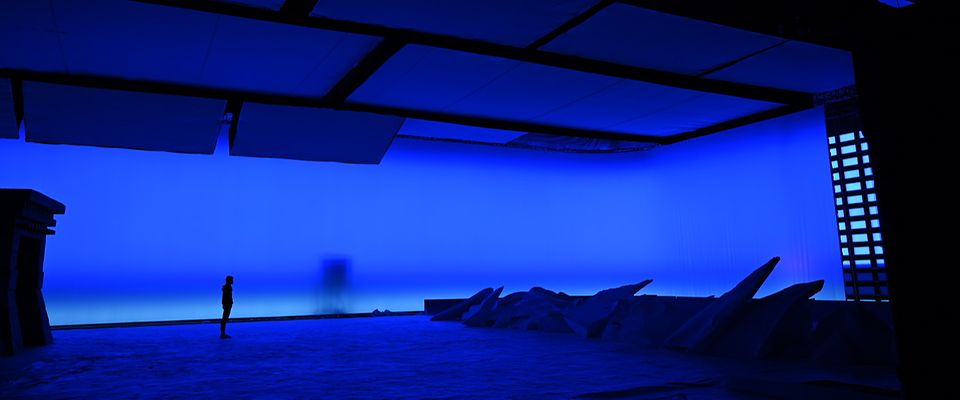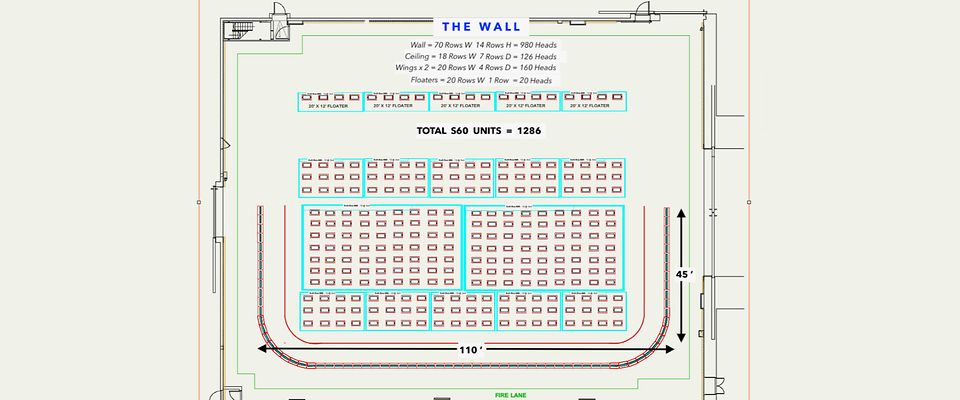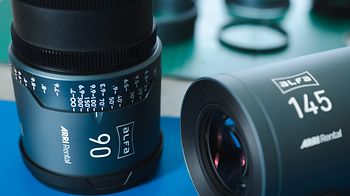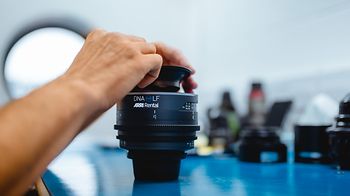Two lens sets for two realities
Looking for a primary lens set that would blend vintage and modern attributes, Freeman tested many different optics. He says, “The glass you put in front of the camera is probably the most paramount decision of prep. Simon Surtees at ARRI Rental UK suggested I look at the ALFA anamorphics, which had been developed as prototypes for Greig Fraser [ACS, ASC] on ‘The Batman’ and were in the process of being productized. I must say that I was completely blown away by the ALFAs. They had the classic anamorphic bokeh associated with vintage lenses, and unique chromatic aberrations that made them feel almost other-worldly. They also had the advantage of an optical center free from distortion, which can be challenging with some vintage anamorphics, especially when shooting close-ups.”
Richard Donnelly was also pleased with the lens choice. He notes, “I found that, even close to wide open, the ALFAs were really beautiful and didn’t cause the kinds of issues and aberrations you might see with other anamorphics. Having worked with them for months and months, I got a good feel for what the camera and lenses could do, and was comfortable pushing them with very low light levels. I took it to the limit on the last day I shot, for a scene in episode one where the detective Da Shi [Benedict Wong] walks down a hallway and into a dark room to examine a dead body by torchlight. We just had the torch and a couple of practicals, and pushed a little bit of light through a canvas ceiling built into the set; the results were great.”
For scenes set in the VR game, which is based on alien technology, Freeman sought to establish a subtly contrasting look. He says, “We wanted to differentiate it from the rest of the series, so that when our characters enter the game it feels different, almost hyperreal. I decided to use spherical DNA LF lenses, also from ARRI Rental, because they were beautifully balanced – sharper but natural, and consistent across the frame.” Donnelly adds, “I hadn’t worked with DNAs before, but they were fantastic lenses. We tended to only use any kind of diffusion filters with the ALFAs, and kept all the VR game scenes completely clean; it was a slightly sharper image overall and gave it a separation.”
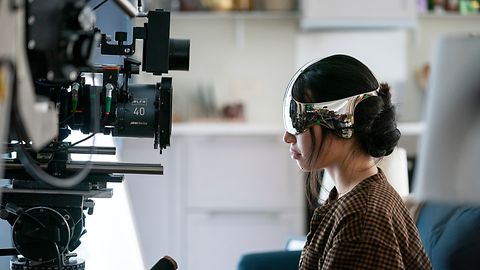
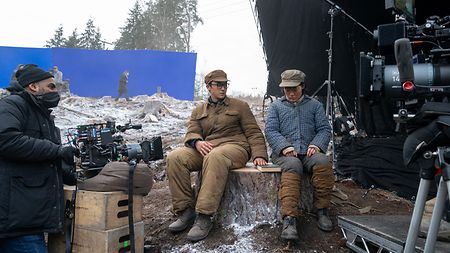
![“3 Body Problem” BTS: Capturing a wide shot for the scene in episode two where Ye Wenjie [Rosalind Chao] makes a monumental decision.](/resource/image/378148/landscape_ratio16x9/450/253/6900582f43ac6560e687e0aaaca97fdb/B295413BB41A8087786A86EF384EE6D6/3-body-problem-cinematography-jonathan-freeman-richard-donnelly-arri-rental-alexa-mini-lf-camera-alfa-anamorphic-lenses-bts-on-set-episode-2-netflix-6.jpg)
